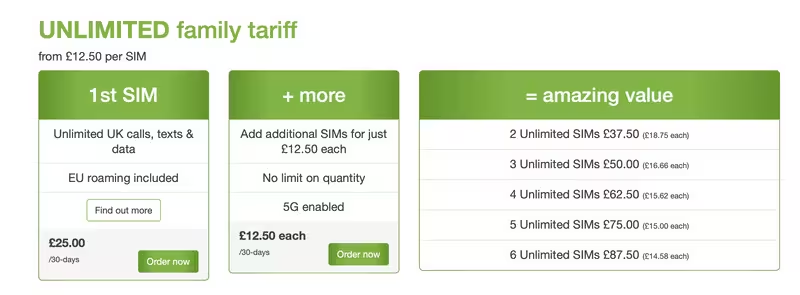Sorry if I am misinformed about this but I don't understand the posts saying stuff like "This carrier gave me better coverage than this carrier in this location".
It's a decent assumption to make that people saying this have ported the number with a PAC code. In this instance I don't see how it can be better. My understanding is when you port a number, the original provider of that number (that you had coverage problems with) then routes calls/texts to the current provider. In order for this to work the old provider has to be able to take and route accordingly. Logically to me this means that it also had to have coverage.
Am I wrong in this assumption of how stuff works? Thanks for any info. Just more curious than anything.
So there are four main Radio Access Networks in the UK. They're o2, Vodafone, Three, and EE. Any other providers will be using one of these (or in very very very limited cases, maybe have the choice of several). Giffgaff, for instance, use o2.
To answer your point, you're incorrect I'm afraid. The routing takes place before any of the coverage occurs.
I'll give you a worked example: if I'm using Three, and I'm within range of a Three transmitter, I'll get their phone service. If o2 haven't got a transmitter near where I am, a friend stood beside me with an o2 sim card in their phone might be frustrated that their phone doesn't work when we're in that location.
So, if the o2-using friend decides to move to Three and port their number over, their new Three sim card will only use the Three transmitters. They'll never use the o2 ones ever again, even though their number might originally be from o2.
The place where the routing takes place is in their core networking facilities, in datacentres nearish to London: if someone rang my was-on-o2 friend, the call would first route to O2's systems / datacentre. A lookup would be done there, and there'd be a "nope, that number is now on Three" record found. The call would then be routed directly from the datacentre to Three's systems. Three's core network would essentially go "ah, yes, we know that number, that's a customer of ours", and would use the Three transmitters to get in touch with their phone and make it ring. Or, if that phone was not active on the network (turned off, or out of coverage), it'd send the call to the Three voicemail system.
If that friend was in an area where there wasn't any Three coverage, but where there was coverage from o2, the o2 transmitters wouldn't be used. They never even got a look-in! That's because the o2 network's only action was to do a quick check of the database, "nope, not on our network" and route the call straight over to Three: "This is yours to deal with".



